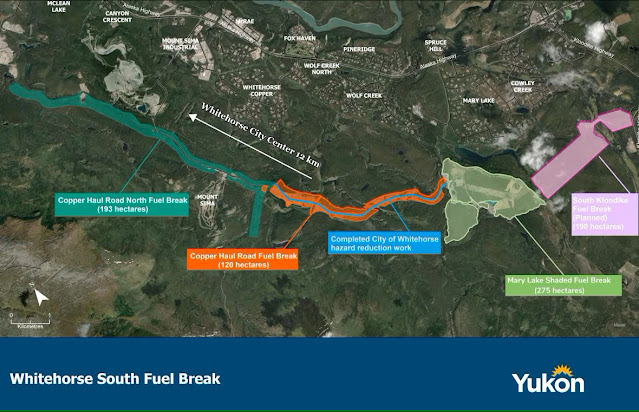With 2025 already off to a rocky start thanks to governments everywhere falling apart, a psychotic buffoon elected President of the U.S.A., intractable wars in Africa, Europe, and the Middle East, and the everlooming threat of climate change hanging over the world, there's never been a better time to consider the merits of stoicism. The problems of the world are too overwhelming and unsolvable so, rather than sink into despair, stoicism offers up a different way of looking at things and managing our emotions.

Take warfare for example. For over 2,000 years Europe has been at war with itself in a seemingly endless clash of ideology and religion to establish the boundaries of nations and empires in one form or another. From Greek and Roman empires through to the Middle Ages and then World Wars 1 and 2 it has never let up and here we are at it again with the Ukraine and Russia. Since it doesn't seem likely this will ever end or that the Europeans will ever learn from history why should we worry about it? Even before the Europeans, the various empires of the Middle East have been conquering one another over the ages with the Babylonians, Egyptians, Persians, Ottomans, and ultimately the Europeans trying to take control of the region with predictable results. Once again add a little ideology and religion into the mix and you have perfect conditions for endless warfare.
Global warming is another example of something we may have to examine in a different way. There's no denying we have put more CO2 into the atmosphere as a result of our fossil fuel consumption but unfortunately this is only going to get worse because our energy consumption is growing faster than we can supply it rather than slowing down. Even as we add solar, wind, and nuclear energy we still need the fossil fuels and other energy sources to maintain all of our activities. Energy intensive facilities such as new data centres to power AI and other technologies, are only adding to the problem. As energy historian Jean-Baptiste Fressoz points out in his book, More and More and More: An All-Consuming History of Energy, evolving high-energy societies incorporate their old energy addictions into new ones to solve more problems and, as a result, consume more energy of any kind. Rather than transitioning from consuming wood to coal, for example, we end up using even more wood to build timbers in coal mines and for building railways to haul the coal. Likewise we use even more coal to manufacture steel and other products to enable us to extract oil and transport it by pipeline.







No comments:
Post a Comment